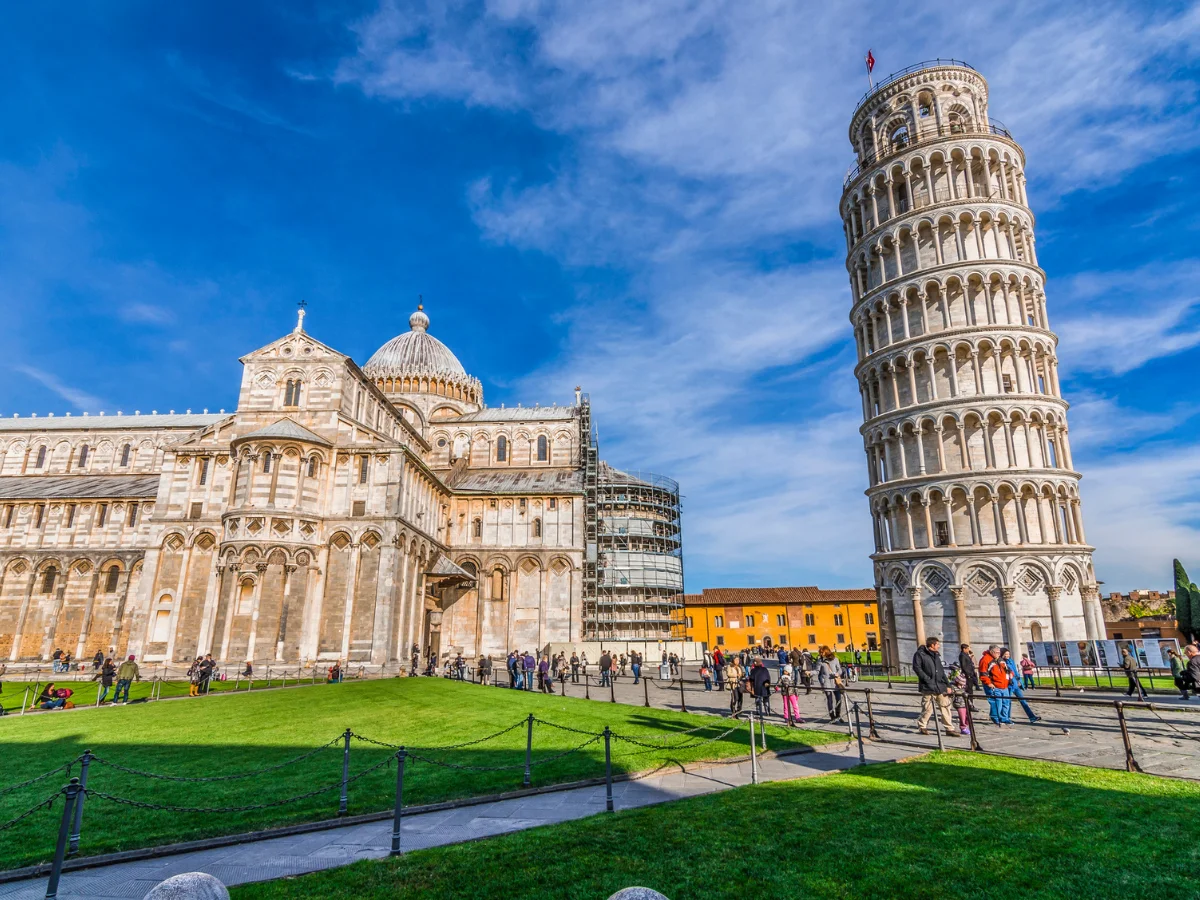Nero was the last of the Julio-Claudian emperors
Nero was the last of the Julio-Claudian emperors. His reign was marked by extravagance, tyranny, and cultural patronage. Nero’s response to the Great Fire of Rome fueled rumors of his culpability. Despite his artistic ambitions, Nero’s oppressive rule led to widespread discontent. Facing rebellion, he killed himself in 68 AD. Nero’s legacy is one of infamy, symbolizing the decline of the Julio-Claudian dynasty. His reign serves as a cautionary tale of the perils of unchecked power and excess in the Roman Empire’s tumultuous history.

Nero: The last of the Julio-Claudian emperors
Nero, born Lucius Domitius Ahenobarbus in 37 AD, was the last of the Julio-Claudian emperors. He ascended to the throne in 54 AD at the age of 16, following the death of his uncle Claudius, who played an important role in his life. Nero’s mother, Agrippina, played a significant role in securing his succession.
Initiated tax reductions and financial support programs
Nero, known for his controversial rule, initiated tax reductions and financial support programs to appease the populace. Despite his reputation, these measures aimed to alleviate economic burdens. However, they also exacerbated tensions within the ruling class. Nonetheless, Nero’s attempts to bolster public welfare were overshadowed by his infamous extravagance and tyranny.
Nero’s introduction of lotteries
Nero introduced lotteries to win favor with the people and distract from his controversial reign. However, these schemes failed to mask his mismanagement and extravagance. Despite attempts at populism, discontent simmered beneath the surface, ultimately contributing to Nero’s downfall and the instability of the Roman Empire.
Reign of Extravagance and Tyranny
Nero’s early reign was marked by extravagance and tyranny. He indulged in lavish spending, building opulent palaces and monuments throughout Rome. Nero’s rule was characterized by arbitrary violence and persecution, with many senators and nobles falling victim to his paranoia and cruelty. However his first five years of reign was successful.
Great Fire of Rome and Blame
In 64 AD, Rome was devastated by a massive fire that raged for six days and seven nights. Nero’s response to the fire, including allegations that he played the lyre and sang as the city burned, fueled rumors that he had intentionally started the fire to make way for his grandiose building projects. He accused the Christians for Igniting the fire.
Cultural Patronage and Ambitions
Despite his tyrannical rule, Nero fancied himself a great patron of the arts. He sponsored lavish festivals, theatrical performances, and chariot races, aiming to showcase his supposed artistic talents. Nero also pursued ambitious architectural projects, including the construction of his opulent Golden House.
Decline and Fall
Nero’s reign eventually descended into chaos and rebellion. His extravagant spending and oppressive rule alienated many within the empire, leading to widespread discontent. In 68 AD, a series of revolts broke out, and Nero was declared a public enemy by the Senate. Faced with the prospect of execution, Nero took his own life in 68 AD, marking the end of the Julio-Claudian dynasty.
Legacy of Infamy
Nero was a famous emperor known for being really bad and doing too much. People think he was wild and mean, and his time ruling Rome was full of pain and damage. Even though he wanted to do great things and support art, Nero’s reputation is ruined by how he was power-hungry and helped make Rome fall apart.
Conclusion
Emperor Nero’s reign stands as a cautionary tale of the dangers of unchecked power and extravagance. His tyrannical rule and lavish spending contributed to the decline and fall of the Julio-Claudian dynasty. Nero’s legacy serves as a reminder of the fragility of empires and the destructive potential of those who wield absolute power without restraint.



